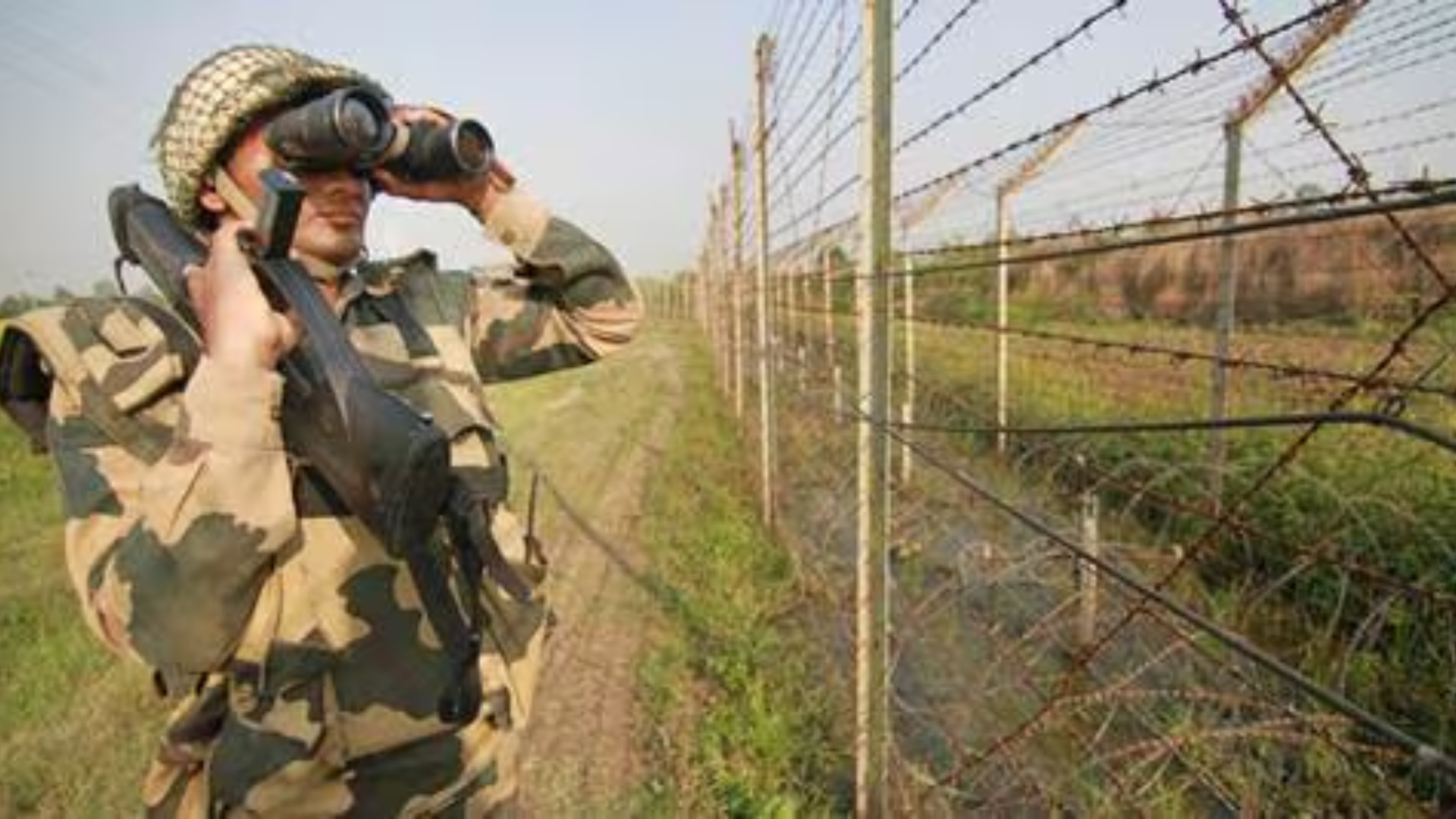Indian press organizations are calling for a full investigation following the discovery of journalist Mukesh Chandrakar’s body, which was found hidden in a septic tank. Chandrakar, 32, was a prominent freelance journalist in the state of Chhattisgarh, known for his investigative work into corruption in the construction industry. He had also gained popularity through his YouTube channel, where he discussed various issues, including alleged corruption in local construction projects.
Chandrakar’s Mysterious Disappearance
Chandrakar went missing on New Year’s Day, sparking concern among his family and colleagues. The journalist had been in regular contact with his loved ones, but when he failed to return home, his family reported him as missing. Just days later, on Friday, police found his body hidden in a septic tank on the property of a local construction contractor in Bijapur, a town in Chhattisgarh.
Outrage and Calls for Justice for Chandrakar
The discovery of Chandrakar’s body has led to widespread anger among Indian media rights groups and local journalists, who are demanding justice. In response, journalists in the region organized protests calling for a thorough investigation into the death. The Press Council of India released a statement expressing its concern about the suspected murder and urged authorities to provide a detailed report on the case’s facts.
Manish Gupta, the president of the Bastar Journalist Association, called the incident a “dark chapter” in the history of journalism in the state. He appealed to both the police and government officials to take stronger measures to ensure the safety of journalists, especially those working in high-risk environments like Chhattisgarh.
Chief Minister’s Response To Mukesh Chandrakar’s Death
The chief minister of Chhattisgarh, Vishnu Deo Sai, from the ruling Bharatiya Janata Party, described Chandrakar’s death as “heartbreaking.” He promised that those responsible for the journalist’s death would face the “harshest punishment.”
Chandrakar’s Work May Have Led to His Death
According to local police, Chandrakar’s body showed signs of a blunt force attack, suggesting foul play in his death. The police believe that his killing may be linked to a recent investigation he had conducted into an alleged road construction scam in Bijapur. This investigation had led to a police probe into the corruption allegations, and authorities are now examining whether his death was a result of his journalistic work.
As of now, three people have been arrested in connection with Chandrakar’s death. However, one of the main suspects, Suresh Chandrakar, the owner of the construction compound where the body was found, is still on the run. Police are continuing their investigation, and the case remains a focal point for media organizations demanding justice for the slain journalist.
Press Freedom in India
Chandrakar’s tragic death is another reminder of the dangers journalists face in India. The country has long been considered a high-risk environment for reporters, with global media watchdog Reporters Without Borders noting that 28 journalists have been killed in the past decade due to their reporting. This incident highlights the need for stronger protections for those who work to uncover corruption and injustice.
As the investigation into Mukesh Chandrakar’s death continues, his colleagues and press organizations across India are calling for swift action to bring those responsible to justice and to protect the rights and safety of journalists in the country.


















